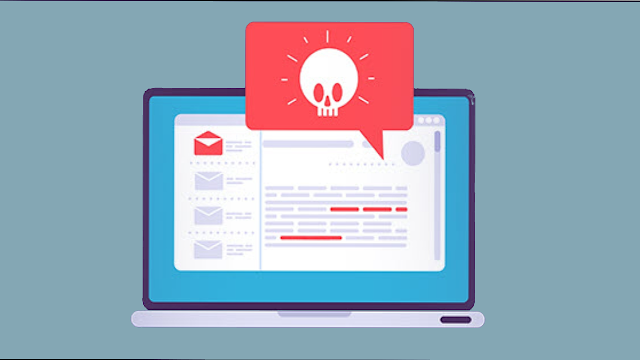Please note, many fraudulent emails are currently circulating in order to recover your personal and banking data. This scam technique is called "phishing". How to recognize a phishing attempt? What steps should you take, especially with your bank, if you are a victim of phishing?
What is Internet Phishing?
Phishing (or “phishing”) is an Internet scam technique increasingly used by hackers to steal personal data such as:
- your name and address,
- your contact details (telephone, postal address, etc.),
- your date of birth,
- your bank account number,
- your social security number,
- your Internet connection details for banking or merchant sites ...
- your e-mail username and password, etc.
To obtain this information, the hackers send a fraudulent e-mail that appears to come from the Administration (tax service, health insurance, family allowance fund), a bank, or a recognized company (telephone operator, operator of energy, e-commerce site, etc.).
How to Recognize a Fraudulent Email?
The sender's email address includes the name of the organization or company whose identity has been spoofed but often contains anomalies (inconsistencies in the logo, text, spelling errors, etc.). It is one of the first things to look out for to prevent personal data theft.
The content of the email is not personalized (for example, it begins with "dear customer"). The body of the message can contain an image instead of the text to prevent the detection of the mail by the spam filters.
The email invites you in a short time:
- to respond directly to the e-mail by providing personal data,
- to click on a link to complete a form,
- or open an attachment.
In the typical fraudulent e-mail, the excuses often put forward are the following: an update of your personal data, the verification of a debt, a payment, the imminent deactivation of your account, a reward, or a discount (for example a tax reduction).
In general, the email may contain either a link that refers to a fraudulent website strongly resembling the official website of the company or organization in question (site URL address, the home page, and logo almost identical), or an attachment (form to fill in, the program to run, etc.).
Either way, you risk giving information to crooks and infecting your computer with a virus that will pick up whatever you type on your keyboard and send it to the crook.
What Are the Precautions to Take After Receiving a Fraudulent Email?
If you have received a suspicious email :
- do not answer the email,
- Report the fraudulent email and the offense of which you have been the victim to the competent authorities on the Internet platform
- forward it to the address alert@securite.lcl.fr if this email mentions LCL
- do not click on any link contained in the email / do not open the attachments,
- destroy the email,
- update your computer's protection system (antivirus software, firewall, anti-spyware).
If you have any doubts, call the organization or company in question directly before answering the email.
If you have already replied to a fraudulent email :
- notify the organization whose identity has been spoofed and change inadvertently transmitted passwords;
- check your bank statements and make sure that no amount has been withdrawn irregularly. If not, contact your bank immediately to object.





No comments:
Post a Comment